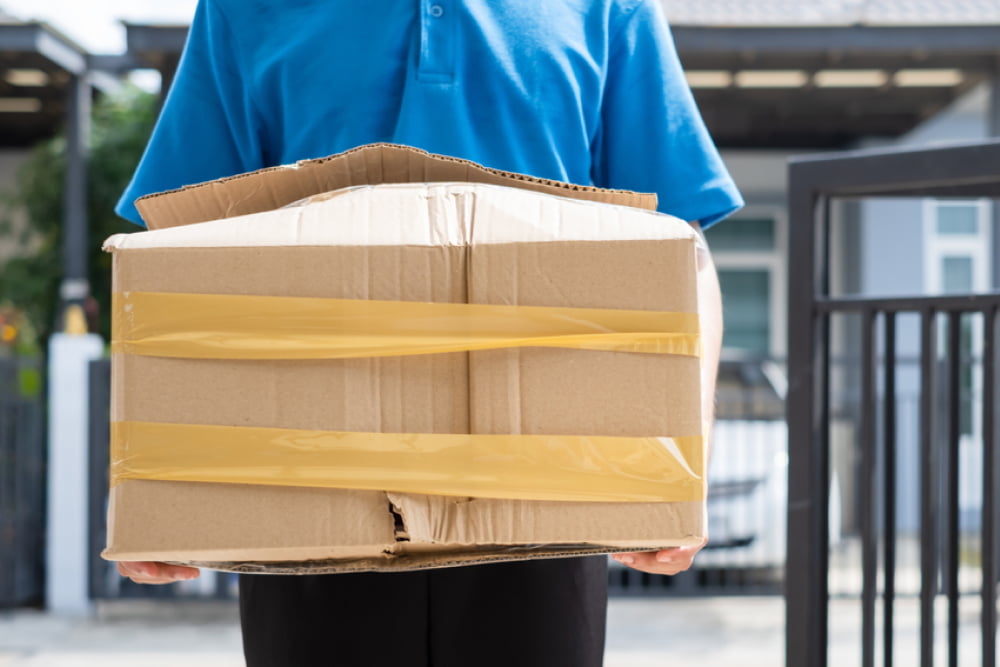
7 common packaging mistakes to avoid
Packaging is one of the most critical components of the supply chain. How well a batch of goods and individual products are packaged influences how efficiently and safely they can be shipped and delivered to customers across the country and globe. Furthermore, packaging also reflects the brand identity and cost management of sellers and retailers. Considering that, here are some of the common packaging mistakes to avoid to boost the revenues of a given business:
Not putting thought into packaging design
While the design of a given package does not necessarily affect its overall functionality, it can enhance or ruin a customer’s perception of the company that makes it. First impressions make a big difference in the world of e-commerce. So, if a given package features a significantly poorer design than that of a similar product made by another manufacturer, buyers are likely to gravitate towards the latter.
Certain studies have found that more than 70% of consumers in the country decide to purchase products based on their packaging design. Therefore, many businesses set aside a part of their packaging budget on design conception and execution in order to generate greater revenues.
Choosing the wrong packaging material
This aspect of the logistics and supply chain cycle involves businesses and packaging suppliers. Selecting the ideal material for a given product is the most basic of requirements during the packaging of goods. Firstly, companies must select the material and set quality standards for the box in which any given product and its protective covering will be placed for delivery.
A common packaging mistake companies tend to make is selecting boxes and packages that are easily available at lower costs and going forward with the packaging of their goods without any prior research on different materials.
Overlooking wastage while packaging
Packaging remains a significant source of environmental pollution and degradation. The amount of wastage that goes into the packaging of goods tends to cause large dumps of plastic and other packaging material to be found in water bodies near manufacturing and packaging zones.
Recently, customers have become highly environmentally conscious. Instead of adding to environmental degradation, shoppers look for ways to reduce waste and carbon footprint. Mistakes like using excessive packing material for goods tend to have an adverse impact on the immediate environment of a manufacturing plant, and customers tend to reject businesses that do not make efforts to reverse this impact.
To avoid environmental issues, companies can opt for solutions such as resealable industrial bags. As the name suggests, these bags can be used multiple times and do not need to be discarded if the seal is broken during transportation. As a result of that, there is less strain on the environment because of packaging. Apart from resealable bags, businesses can also use bulk container bags that reduce the need for multiple storage and packaging containers to store finished products.
All in all, using these resources can seriously help businesses cut down on wastefulness during packaging.
Using the wrong size of packaging material
On certain occasions, e-commerce companies use inappropriately sized boxes for packaging their products. Certain companies may use packages that are too large for the goods, while others may use smaller boxes. This packaging can cause damage to the product during transportation. At times, due to tight packaging and extra wrapping, some orders are tough to open. This makes the customer feel irritated when they try to open their package. To avoid such problems, it is necessary for businesses to use the appropriate size of boxes that fit the product dimensions correctly.
Ignoring the branding on packaging
Branding one’s package is critical to widen the reach of any business. However, certain e-commerce brands tend to skip customizing and branding their order packaging. It is advisable for businesses to always include a simple custom label or branded tape of packaging to further the company’s story and marketing for their products.
Custom packaging and branding help to increase the brand recognition a company enjoys due to its products and services. Custom packaging also helps drive e-commerce sales for products. Businesses can add customized messages for their customers, such as samples of other products, thank you notes, and marketing inserts to enhance the unboxing experience for customers, among other things.
Overpacking
As implied earlier, companies tend to overpack their goods. While this has its positives in the form of the goods within the packages remaining protected, overpacking creates the above-mentioned wastage problem as well. This is why companies need to find a common ground between packaging that safeguards their products from external elements and packaging within limits to avoid a needless overuse of resources.
Overlooking accurate labeling
Labels are the most vital piece of information on packaging boxes. Therefore, package labels must be free of spelling, spacing, and factual errors. Such errors will convey incorrect information to customers and make things difficult for them when they receive their purchased products.
Customers do not wish to find semantic or factual discrepancies in the packaging of a given product. Such discrepancies tend to reflect poorly on the company, its products, and overall credibility. Automating the label printing and labeling process is a handy solution to avoid such situations. It also tends to eliminate any inaccuracies on the labels of packaged products.




